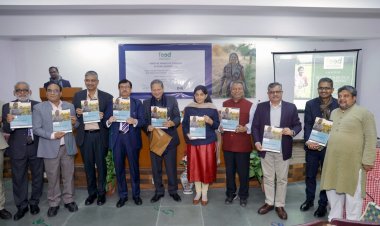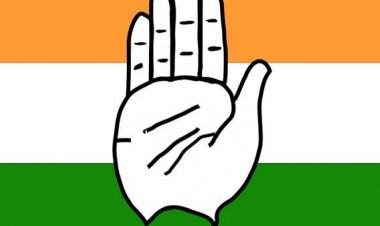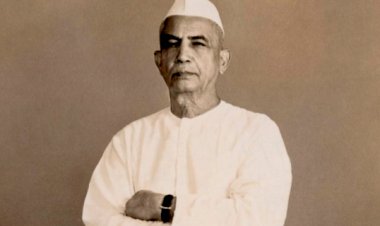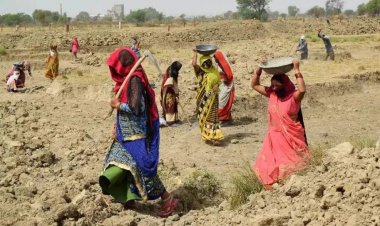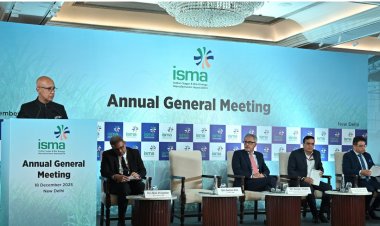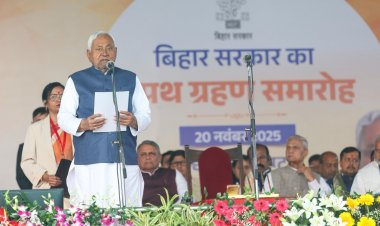After the government fixed the Minimum Export Price (MEP) of $1200 per tonne for Basmati rice, farmers faced a crisis due to falling prices of Basmati paddy. But after the reduction in this, the prices of Basmati paddy have increased and the faces of the farmers have blossomed. After the Central Government reduced the MEP of Basmati rice, exporters have increased the purchase of Basmati paddy. Due to this, the price of Basmati paddy has reached Rs 4200-4500 per quintal in many agricultural produce markets of Basmati producing states. A major reason for the increase in prices is the decrease in the production of Basmati paddy this time due to weak monsoon.
Basmati paddy trader Satwant Singh of Khanna Mandi, Punjab told Rural Voice that the average price of Basmati paddy of 1121 and 1509 varieties is Rs 4200-4500 per quintal. The best quality Basmati is being sold at prices even higher than this. By the way, the average price of normal variety Basmati is Rs 3200-3500 per quintal. In the mandis of Vidisha and Sehore districts of Madhya Pradesh, the average price of 1121 varieties of paddy has reached Rs 3800-4200 per quintal.
Farmer Harpreet Singh of Khanna district said that the farmers of the area are very happy with getting better prices for Basmati paddy. However, production has decreased compared to last year. If there had been no flood in Punjab, production would have remained at the same level as last year. This time due to delay and irregularity of monsoon, there was a decrease in sowing in most of the Basmati producing areas of the country.
Although the total area under paddy this year was more than last year, paddy production is expected to decrease due to floods in Punjab and Western Uttar Pradesh in July and drought-like conditions across the country in August.
Anticipating a decline in production and rising domestic prices of rice, the government has banned the export of non-Basmati white rice, while imposing a 20 percent duty on the export of non-Basmati par-boiled rice (Sela rice). Not only this, the MEP of Basmati rice was also increased to $ 1200 per ton, after which exporters started protesting against it. In support of their demands, exporters had also stopped purchasing Basmati paddy due to which farmers were facing losses.
In view of the increasing opposition from exporters and farmers, the government reduced the minimum export price of Basmati rice to $950 per tonne.
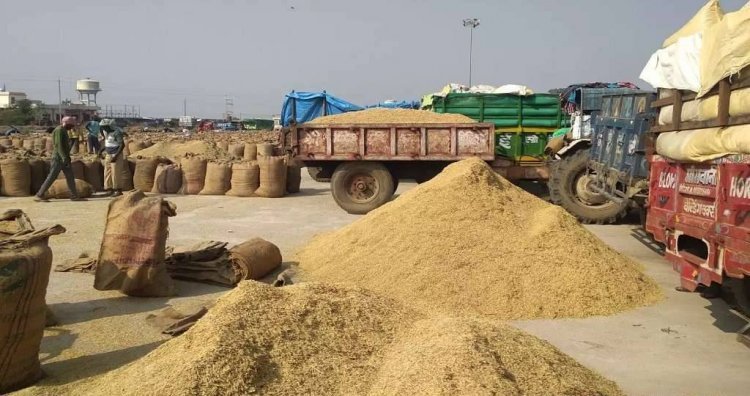



 Join the RuralVoice whatsapp group
Join the RuralVoice whatsapp group



















